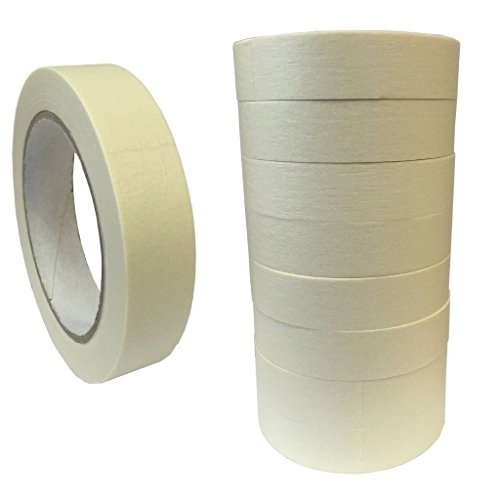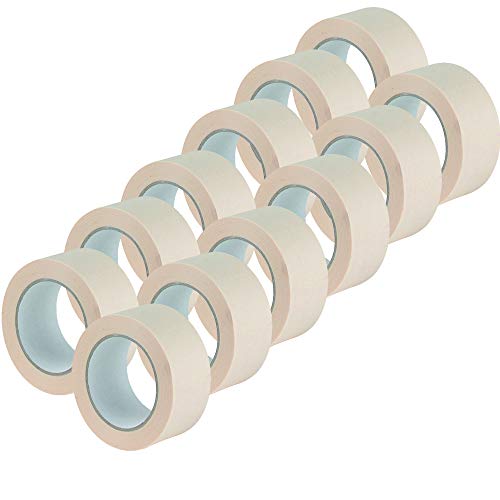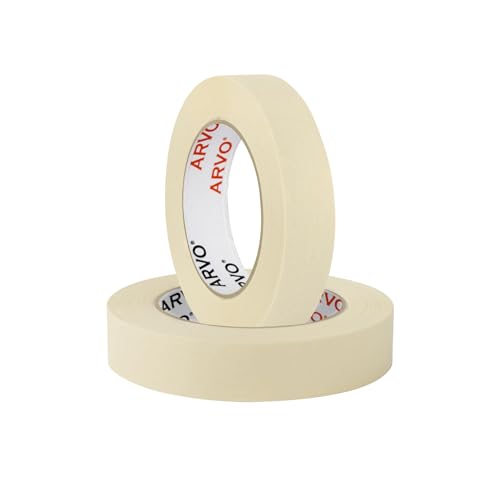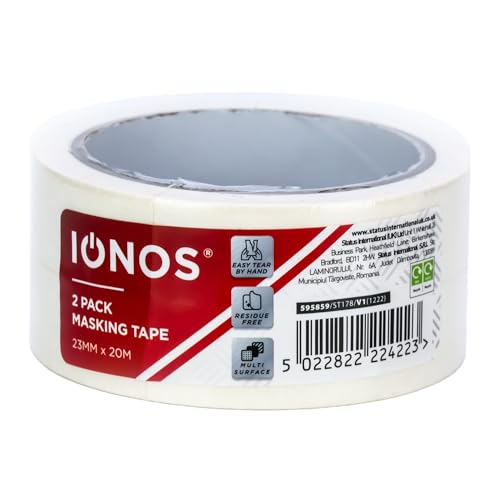Understanding Masking Tape: What It Is and How We Use It
What is Masking Tape?
Masking tape, often a forgotten hero in the world of DIY and crafting, is a versatile adhesive tape that is typically made from a thin and easy-to-tear paper. Its sticky side can bond securely to various surfaces without leaving a trace when removed. This makes it ideal for both professional painters as well as everyday projects like painting, crafting, and home repairs. Whether you’re looking to create clean lines when painting walls or securing items together for a project, masking tape can meet your needs.
Common Uses of Masking Tape in Everyday Life
You might find masking tape in use during home improvement projects, where it serves to create straight edges while painting, preventing paint from bleeding onto trim or adjacent areas. Crafters also adore it; they use masking tape for scrapbooking, creating stencils, and even as an aid in model-making. Moreover, its ability to tear easily and adhere well without causing damage means we can use it for a broad range of purposes without fuss.
Choosing the Right Masking Tape for Your Projects: Key Features to Consider
Adhesive Strength
One of the first features we should consider when selecting masking tape is the adhesive strength. Different projects may require varying levels of stickiness. For instance, light-duty tapes work perfectly for indoor painting or temporary crafts, while heavy-duty tapes are better suited for outdoor use and tougher surfaces.
Width and Length
When choosing masking tape, we also need to consider the width and length of the tape. Wider tapes can cover more area quickly, making them useful for larger projects, whereas narrower tapes allow for precision during detailed work. Assessing the dimensions of our job can guide us in picking the right size.
UV Resistance and Weatherproofing
For outdoor projects, it’s essential to pick a masking tape that offers UV resistance and weatherproofing. This ensures that the tape holds up against harsh sunlight, rain, and temperature fluctuations, maintaining its integrity until the job is done.
Top 5 Masking Tapes for Every Budget: Our Recommendations
Budget-Friendly Options
For those on a budget, we recommend options that offer great value without skimping on quality. Look for types like 3M’s general-purpose masking tape, which provides a good balance of affordability and performance, making it perfect for light tasks.
Mid-Range Choices
In the mid-range category, we find wider, more durable tapes like FrogTape, which feature built-in technology to help prevent bleed through. It’s an excellent choice for painter enthusiasts looking to achieve sharp lines in their work.
High-End Selections
For high-end projects or professional applications, we suggest considering wide-format painter’s tape such as ScotchBlue. This provides maximum adhesion and superior clean removal, making it ideal for high-stakes jobs where precision matters.
How to Use Masking Tape Like a Pro: Tips and Tricks for Best Results
Preparation Is Key
Before using masking tape, we should ensure the surface is clean and dry. Dust or moisture can reduce adhesion and lead to unwanted results. Wiping down the area with a damp cloth can help in achieving optimal bond.
Applying the Tape
When applying masking tape, press down firmly along the edges to prevent paint from seeping underneath. It’s also beneficial to apply the tape in a single motion without stretching it to avoid any wrinkling.
Removing the Tape
To achieve the cleanest edge, we should remove the masking tape soon after painting while the paint is still slightly wet. Pull it away at a 45-degree angle for a sharp line and reduced risk of peeling away any dried paint.
Frequently Asked Questions About Masking Tape: Clearing Up Common Confusions
Can I Use Masking Tape on All Surfaces?
Masking tape works well on many surfaces, including wood, glass, and metal, but it’s essential to check if a specific tape is suitable for your surface. If in doubt, we should test a small area first.
How Long Can I Leave Masking Tape On?
The duration we can leave masking tape on a surface varies by product, but as a general rule, it’s best to remove it within a few days to avoid adhesive residue or potential damage.
Is Masking Tape Waterproof?
Most masking tapes are not fully waterproof, especially those intended for indoor use. For outdoor projects or wet environments, we should specifically choose tapes labelled as weatherproof.































